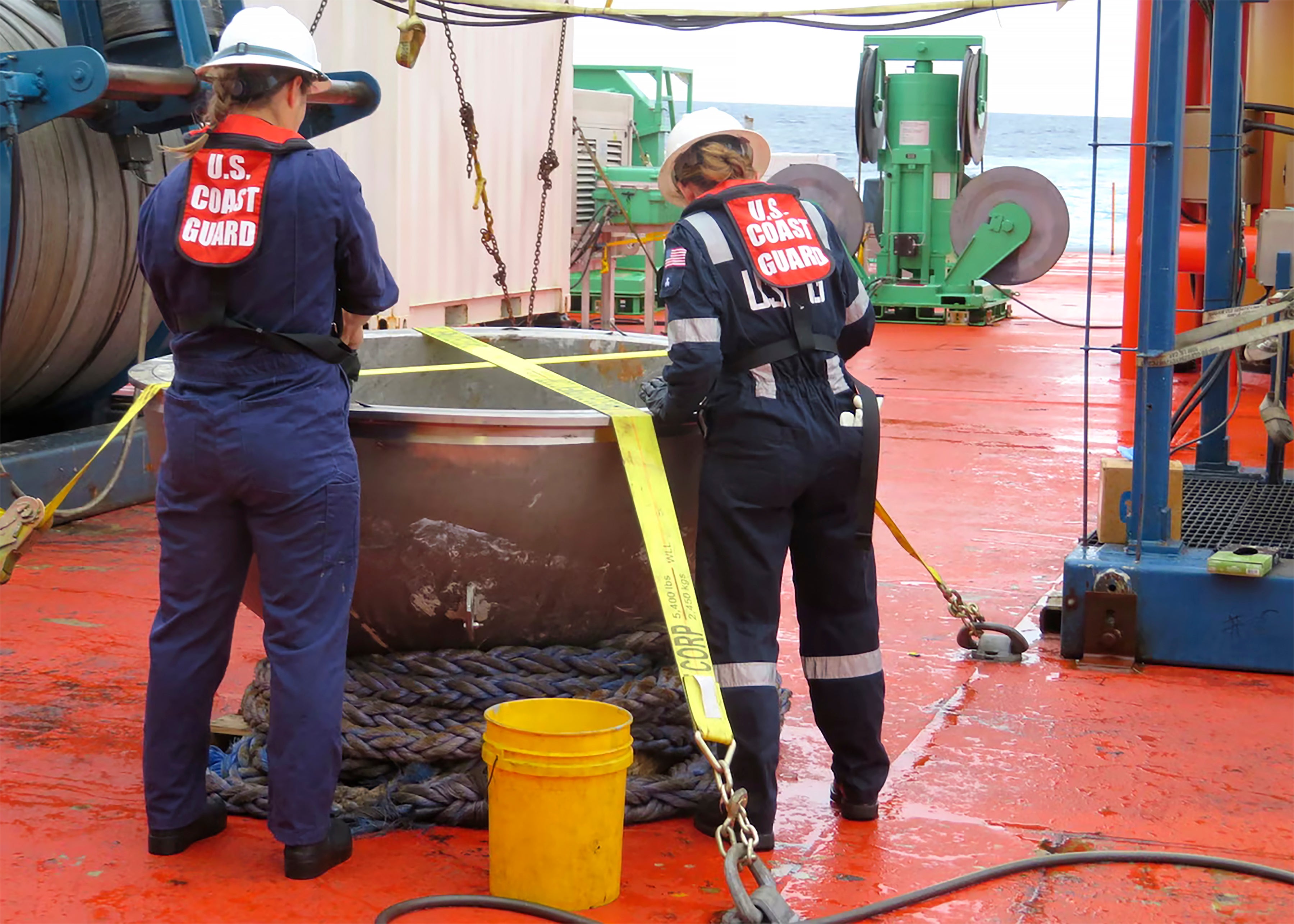Early OceanGate video shows Titan prototype suffer ‘water intrusion’ years before doomed mission
‘There’s no test data on how carbon fibre in a hemisphere will respond to pressures’
Your support helps us to tell the story
From reproductive rights to climate change to Big Tech, The Independent is on the ground when the story is developing. Whether it's investigating the financials of Elon Musk's pro-Trump PAC or producing our latest documentary, 'The A Word', which shines a light on the American women fighting for reproductive rights, we know how important it is to parse out the facts from the messaging.
At such a critical moment in US history, we need reporters on the ground. Your donation allows us to keep sending journalists to speak to both sides of the story.
The Independent is trusted by Americans across the entire political spectrum. And unlike many other quality news outlets, we choose not to lock Americans out of our reporting and analysis with paywalls. We believe quality journalism should be available to everyone, paid for by those who can afford it.
Your support makes all the difference.A video of an early Titan prototype has emerged showing the doomed tourist sub suffering from “apparent water intrusion” during testing years before the catastrophe that claimed six lives.
In haunting footage, OceanGate CEO Stockton Rush can be seen explaining that the use of carbon fibre in the design “has never been done at this size or to this depth”.
While the investigation into last June’s disaster is still ongoing, experts have speculated that the “experimental” Titan’s carbon fibre hull gradually weakened over time, culminating in the implosion that claimed the lives of five men including Mr Rush, 61.
The video features a model that is a third of the size of what became the company’s first submersible, Cyclops, and later, Titan, and it becomes clear that the design will not survive its intended destinations when it leaks water at the equivalent pressure of 3,000 meters (9,842ft).
“At a depth of about 3,000 metres, the test was aborted by apparent water intrusion into one of the carbon fibre domes,” the video’s narrator said.
Reacting to the failure, Mr Rush said: “That is the most risky part of the test and the most difficult to analyse because it’s never been done.
“There’s no test data on how carbon fibre in a hemisphere will respond to the pressures.”
For context, the wreck of the Titanic lies also at a depth of 3,000 meters (9,842ft) below the North Atlantic Ocean, where the ship has rested since it struck an iceberg in April 1912, killing over 1,500 people.

Construction work on Cyclops 1 is said to have begun in 2013 and the submersible was eventually unveiled in 2015.
This video features the vessel known as Cyclops 2, which was eventually renamed Titan.
While it is not clear exactly when this video was filmed, according to reports, the first parts for the submersible were ordered by OceanGate in December 2016.
By March 2018, OceanGate had completed the doomed Titan, which Mr Rush described as an “amazing engineering feat” at the time of its launch.
The footage of the Titan prototype was resurfaced by a group of descended from actual Titanic passengers on Twitter/X, Titanic Memorial Lighthouse, and they explained that it had been removed from YouTube.
This likely happened in the wake of last year’s disaster when OceanGate, which charged $250,000-a-head to visit the Titanic, suspended all of its operations.
While the company still has an Instagram account, it has been set to private, and its website simply reads: “OceanGate has suspended all exploration and commercial operations.”
Reacting to the Titan’s carbon fibre hull, mechanical engineer Bart Kemper told NBC News: “Innovation is a wonderful thing. But everything that is new and not tried introduces uncertainty, and uncertainty is risk.”

Last year’s disaster took place around an hour and 45 minutes into Titan’s dive to the Titanic wreck when the Titan lost contact with its mothership, the Polar Prince.
However, as this was a relatively common occurrence for the submersible, it took eight hours for OceanGate to contact authorities.
What followed was an international search and rescue mission until debris from the vessel were discovered on the ocean floor close to the bow of the Titanic.
Questions are now being raised about how the Titan was allowed to legally dive to the Titanic when it had received no official certification.
The Independent has attempted to reach OceanGate for comment.
Join our commenting forum
Join thought-provoking conversations, follow other Independent readers and see their replies
Comments